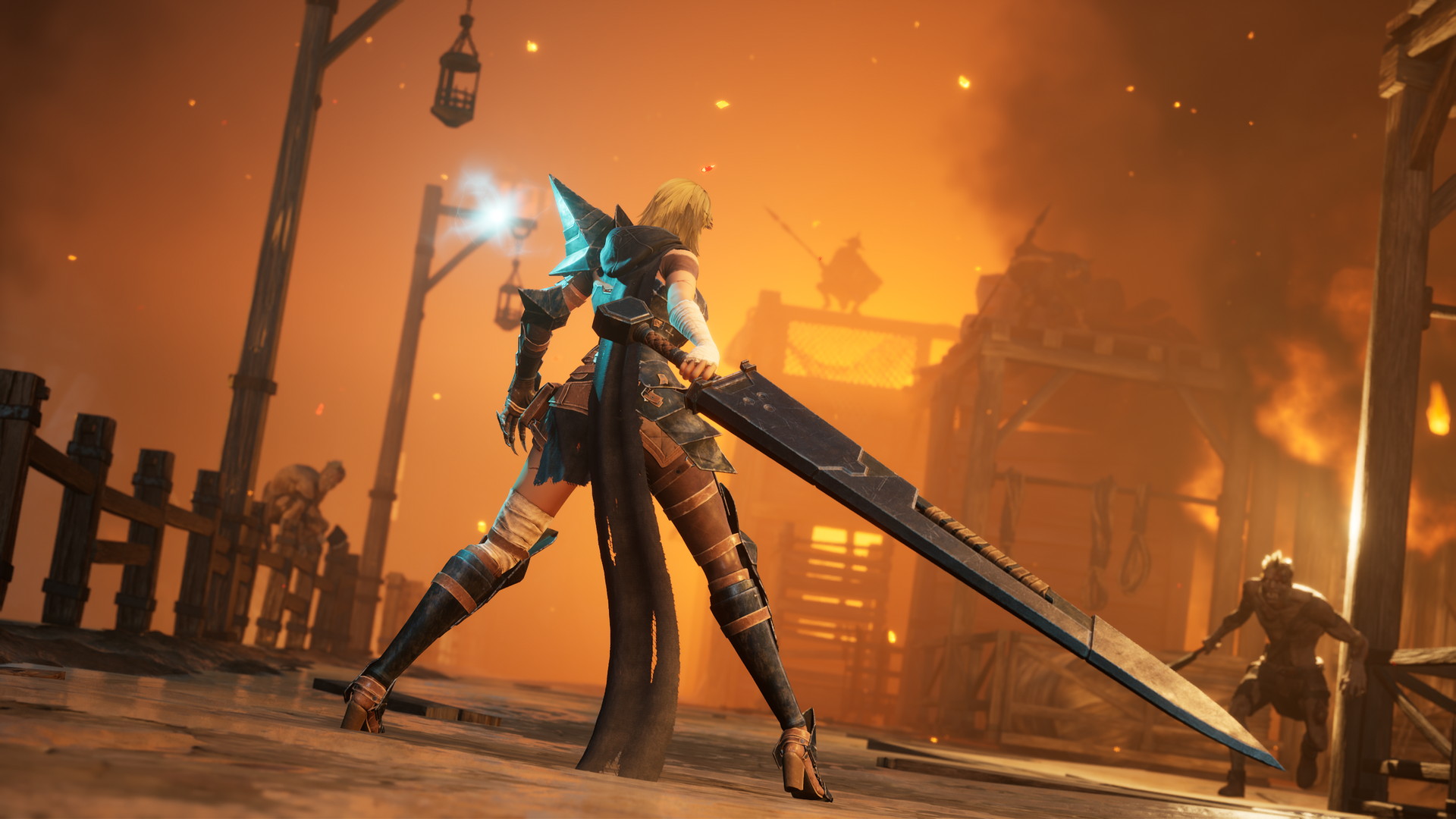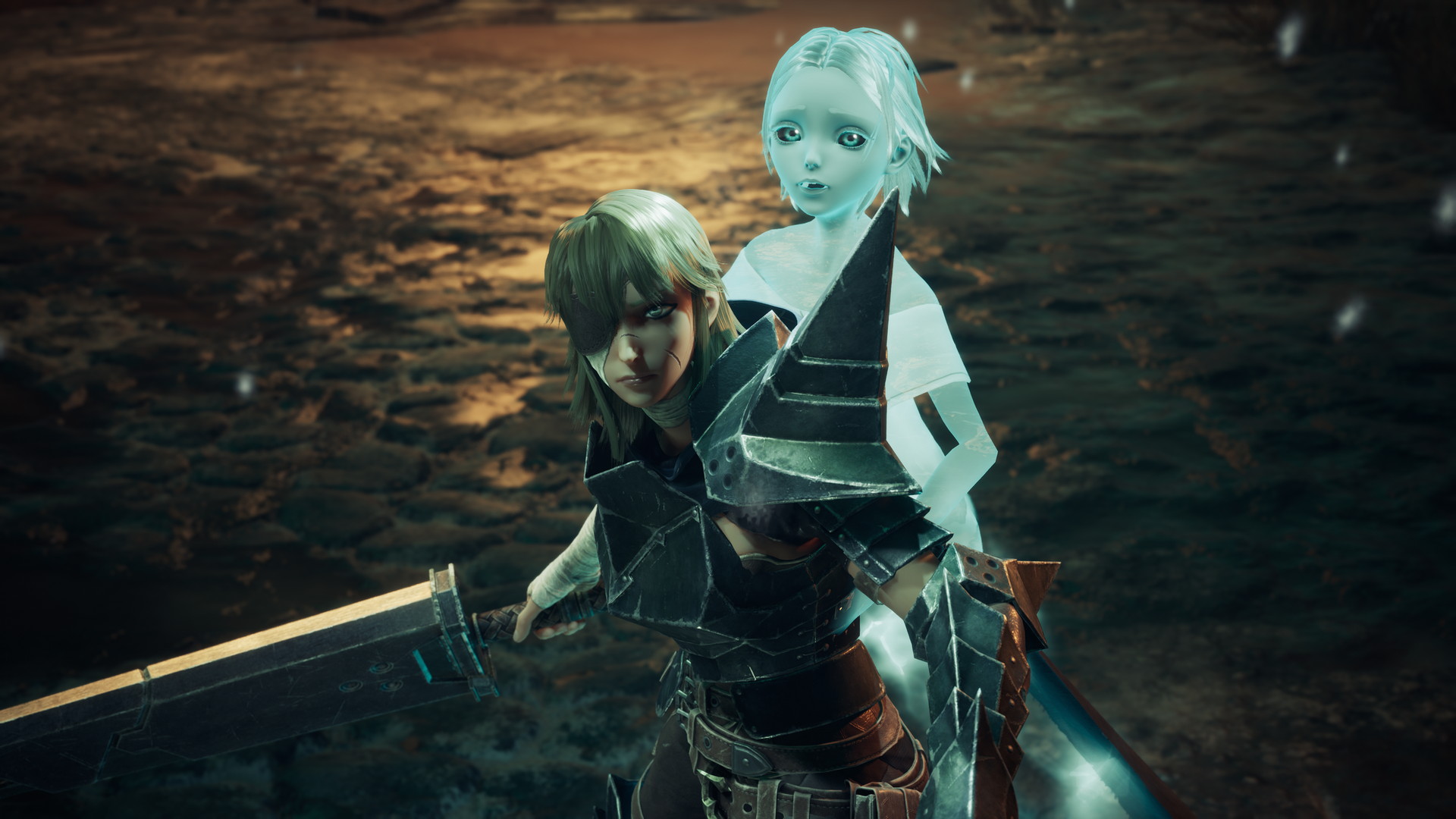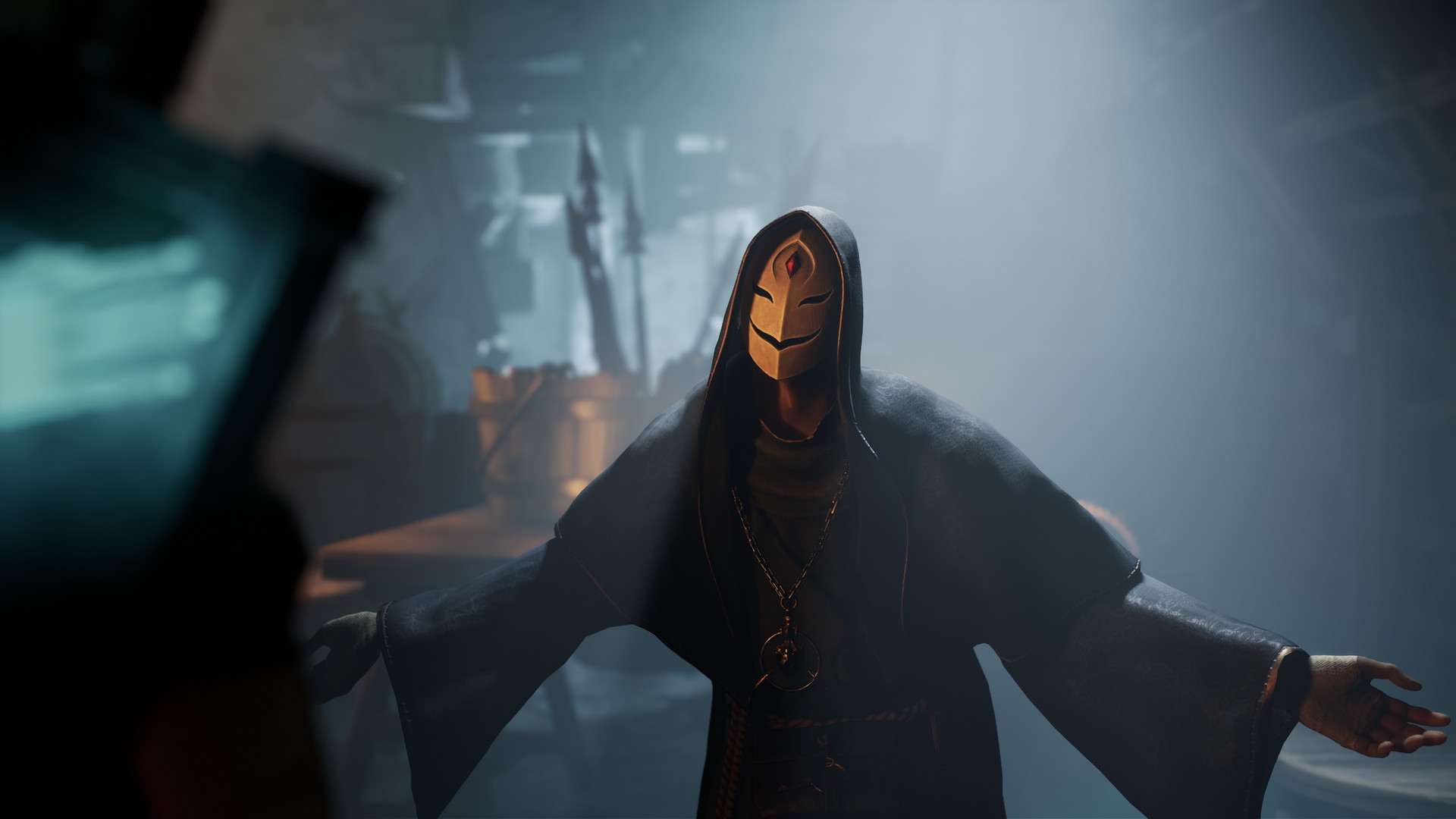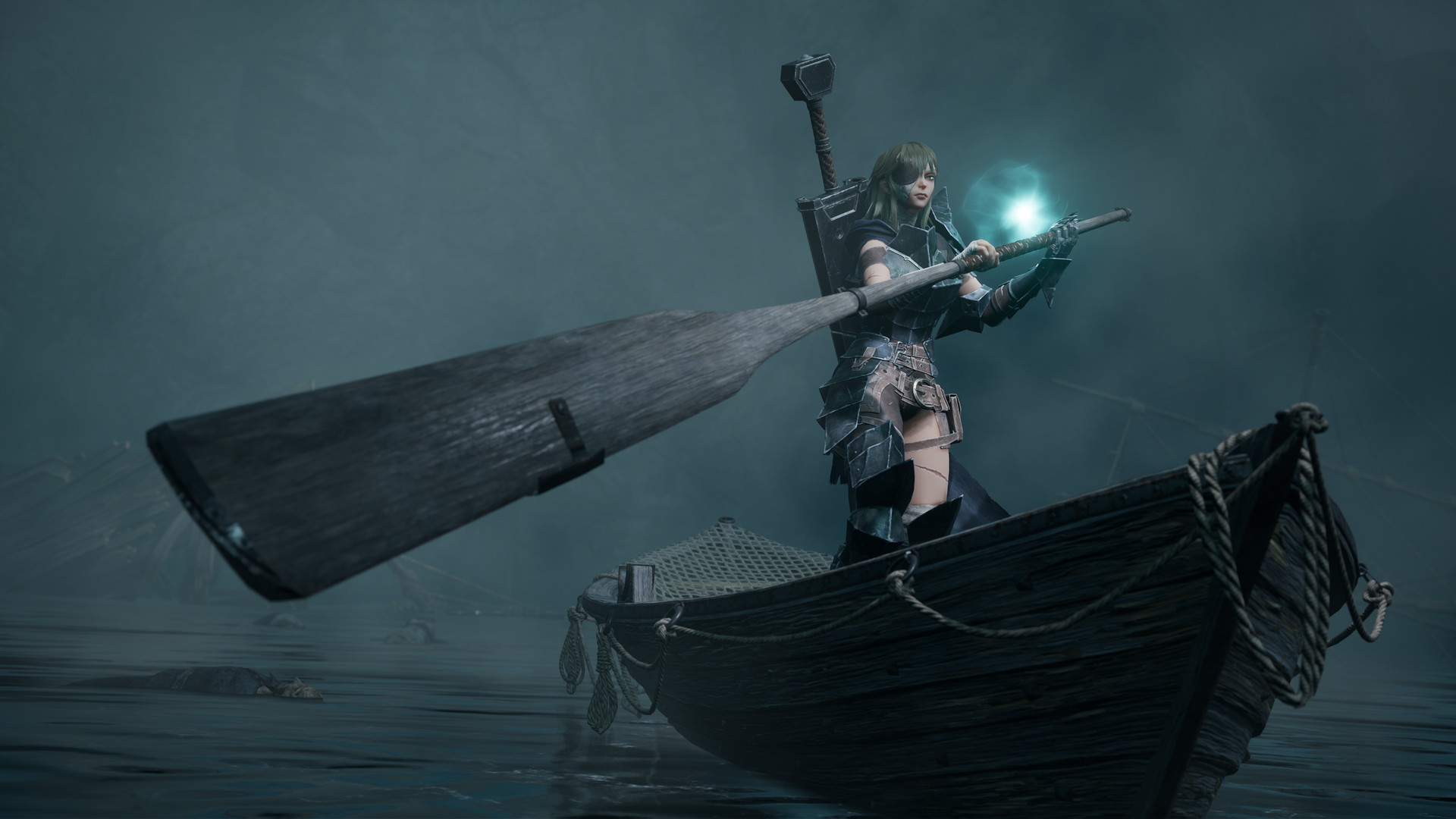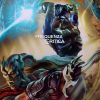If this is the first time you hear about Soulstice and you immediately started thinking about a new soulslike, let us stop you right there. After developing Joe Denver’s Lone Wolf and the VR game Theseus, the Milan-based Reply Game Studios decided they’d develop their own take of the Japanese stylish action genre. With Hideki Kamiya as their muse, the team has very clear ideas about the groundwork necessary to ensure the quality of their dark and adrenalinic action game, well-refined both in its controls and its storytelling. Quickness of execution, carefully thought out camera angles, an art style inspired by dark fantasy and two sisters whose story seems very intriguing. Briar and Lute are joined in a Chimera, half body and half spirit, and are the only ones who can save the Kingdom of Keidas from the Wraiths, supernatural beings that hunger for death and destruction. The story turns into combat and the combat into story, inseparable as the two sisters.
“We were inspired by various media, cinema, videogames, anime [Berserk, Devil May Cry and everything in between – ed.] when giving life to Soulstice and developing its features, especially the dual nature of the combat system: the player will control both main characters at the same time”, says Fabio Pagetti, Creative Director and Studio Manager of Reply Game Studios, while around us the Milan Games Week buzzes with activity, the echoes of the gameplay trailer that was shown on the main stage still in the air. “Briar, the elder sister, handles the melee part of the combat, while the young Lute specializes in magic. Her independent AI is one of the things our game brings to the table. She’s capable of making decisions based on the flow of combat, and to react and increase her potential based on our playing style and skill. In game terms, this happens through the Synergy mechanic, shown on screen, that increases as our combo progresses, unlocking the full potential of Lute. The player will also be able to execute special actions, otherwise impossible to achieve.”
An interesting mechanic, meant to give a new spin to a combat system that is not too unlike those of NieR: Automata and Astral Chain. And if in the middle of combat, as the blood flows and the sparks fly, one might not pay attention to the artistic direction, as soon as the dust settles and the thrill of victory fades, we are embraced by Keidas. “Once the core gameplay was defined, we dedicated ourselves to creating a world that we liked, and that we knew our artists could deliver. Our artists are great with graphics that are more grounded in reality, we love mature themes and darker settings, and also anime. Personally, I [Fabio – ed.] really enjoy games that are set in one macro-location, like Soulstice.
Keidas is a dark but plausible, pseudo-medieval world
The world of Soulstice is defined by myths and rites, and it takes form under the direction of Lead Artist Christian Ronchi. “The first thing that comes to mind when you’re planning to make a game that is very ‘Japanese’ is that the art style should reflect that, but we only went halfway down that road. There are no giant heads, or unrealistic proportions, for example, we tried to keep it somewhat grounded in reality. There is obviously a simplification of silhouettes, also for readability purposes, but the materials are represented realistically. We come from past projects that had a similar artistic direction, such as Theseus, and our artists were already skilled at this. Of course, the characters have long legs and eyes bigger than normal, but everything still feels believable. And in the environment, we can find things that could exist in the real world, if not for their colossal size. Take for example the city where the game takes place, its proportions would be…” “Gargantuan!” interjects Fabio.
We used as reference the shows we loved as kinds, such as Saint Seiya and Ronin Warriors, things that are part of our cultural background
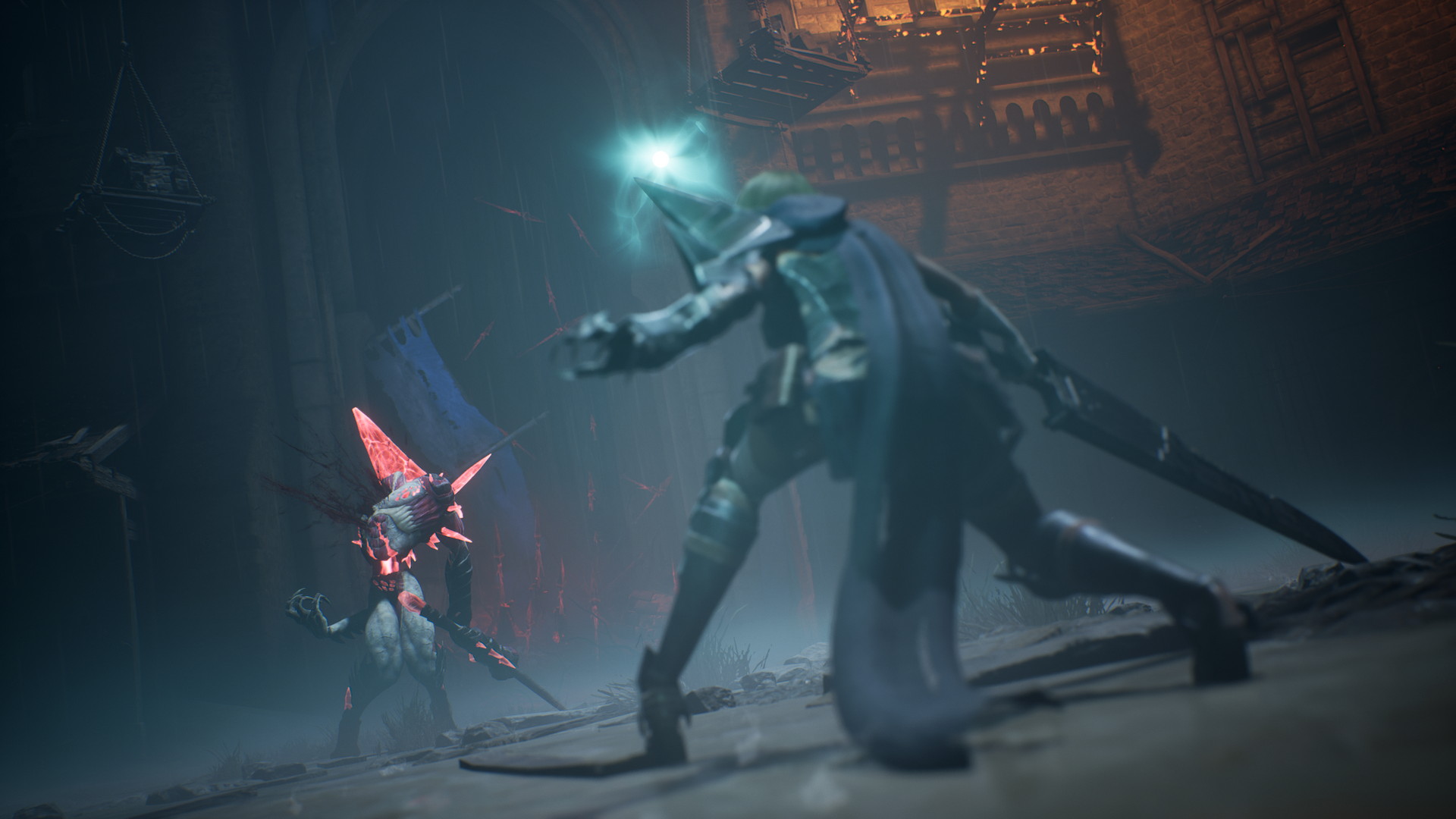
The Gatsu-like sword and look of Briar clearly point to one of the developers’ sources of inspiration.
“It was not just a matter of what we liked, however. We thought this was a niche that was still not too busy, relatively speaking. Sure, there’s Platinum, Capcom, Ninja Theory, but not many others, and especially not in the dark-fantasy or low-fantasy setting. So we thought: if we go there, maybe we can leave a mark and make a name for ourselves, since the genre is not that overcrowded.” “And, I mean, these are usually shorter games. So once you’ve played those triple As, maybe you’ll take a look at our game as well!”. Soulstice is a game that loves to showcase its scenography, its choreography, with fixed cameras, evocative backdrops and fights seen from afar, to give a better view of the chaotic whirling of blades. We asked Reply Game Studios to expand on this choice. “Design-wise, it’s important that the player has a clear view of what is happening on the battlefield. We adopted a fast-paced combat system, so you need to be able to figure out how many enemies there are, where they are, who’s about to attack you and where you can move at a glance,” says Fabio.
THE CAMERA IS COMPLEX, AND CHANGES ACCORDING TO THE CONTEXT: ONE MOMENT IT MIGHT BE ON RAILS, THEN BECOME COMPLETELY FREE AND THEN TURN ALMOST TOP-DOWN
But coming back to the beating heart of Soulstice, its gameplay, we also asked Forge Reply Studios about the way progression is handled. “The game has a linear level design, but there are some detours here and there that will let you find special items. There are bosses and mini-bosses, but the game is linear. Going for an open-world structure can be risky, so we decided to avoid that. As for character progression, both the elder and the younger sister have their own skill trees, one more focused on combat abilities and the other on magical, support abilities. So it’s up to player choice”, allowing us to prioritize one combat style over another. “There are also secondary weapons. Briar’s sword, her primary weapon, won’t be replaced over the course of the game, but can be combined with secondary weapons that allow for build variety, for example by having Lute focus on crowd control, or support abilities, or single target damage.”
And after this very interesting chat, our excitement for Soulstice has grown exponentially. Currently slated for a 2022 release on PC, PS5 and Xbox Series X|S, it looks like a very promising game, full of heart, with a clear design philosophy and a solid production value, and ready to prove its mettle in a landscape hungry for more stylish action games. Ready your body and your soul to the daunting task of freeing the Kingdom of Keidas: the time of reckoning approaches.
Questo articolo è una traduzione. Potete trovare l’originale, in lingua italiana, a questo link.


